Selected Mechanical and Physical Properties of Thermally Modified Wood after Field Exposure Tests
Abstract
1. Introduction
2. Materials and Methods
2.1. Materials
2.2. Thermal Modification Treatment
2.3. Outdoor Exposure of the Samples
2.4. Bending and Tensile Tests
2.5. Color Analysis
2.6. Roughness of the Wood Surface
3. Results and Discussion
3.1. Mass Loss of the Thermally Modified Samples
3.2. Maximum Bending and Tensile Force
3.3. Color Changes of the Weathered Samples
3.4. Characteristics of Wood Surface Roughness
4. Conclusions
Author Contributions
Funding
Data Availability Statement
Acknowledgments
Conflicts of Interest
References
- Humar, M.; Lesar, B.; Kržišnik, D. Vpliv Podnebnih Sprememb Na Dinamiko Glivnega Razkroja Lesa v Sloveniji. Acta Silvae Ligni 2021, 125, 53–59. [Google Scholar] [CrossRef]
- Reinprecht, L. Chemical Protection of Wood. Wood Deterioration, Protection and Maintenance; John Wiley & Sons Ltd.: Oxford, UK, 2016. [Google Scholar]
- EC 2000. Regulation (EU) No 528/2012 of the European Parliament and of the Council of 22 May 2012 Concerning the Making Available on the Market and Use of Biocidal Products; Official Journal of the European Communities (L 269): Brussels, Belgium, 2012; pp. 1–15. [Google Scholar]
- Hill, C.A.S. Wood Modification: Chemical, Thermal and Other Processes; Wiley Series in Renewable Resource Ser.; John Wiley & Sons Ltd.: Hoboken, NJ, USA, 2006; Volume 3, ISBN 978-0-470-02174-3. [Google Scholar]
- Jones, D.; Burnard, M.; Fioravanti, M.; Togni, M.; Kutnar, A. Wood Modification in Europe: Processes, Products, Applications; Firenze University Press: Florence, Italy, 2018. [Google Scholar]
- Hill, C.; Altgen, M.; Rautkari, L. Thermal Modification of Wood—A Review: Chemical Changes and Hygroscopicity. J. Mater. Sci. 2021, 56, 6581–6614. [Google Scholar] [CrossRef]
- Esteves, B.M.; Pereira, H.M. Wood Modification by Heat Treatment: A Review. BioResources 2008, 4, 370–404. [Google Scholar] [CrossRef]
- Robert Welzbacher, C.; Brischke, C.; Otto Rapp, A. Influence of Treatment Temperature and Duration on Selected Biological, Mechanical, Physical and Optical Properties of Thermally Modified Timber. Wood Mater. Sci. Eng. 2007, 2, 66–76. [Google Scholar] [CrossRef]
- Candelier, K.; Thevenon, M.-F.; Petrissans, A.; Dumarcay, S.; Gerardin, P.; Petrissans, M. Control of Wood Thermal Treatment and Its Effects on Decay Resistance: A Review. Ann. For. Sci. 2016, 73, 571–583. [Google Scholar] [CrossRef]
- Ugovšek, A.; Šubic, B.; Starman, J.; Rep, G.; Humar, M.; Lesar, B.; Thaler, N.; Brischke, C.; Meyer-Veltrup, L.; Jones, D.; et al. Short-Term Performance of Wooden Windows and Facade Elements Made of Thermally Modified and Non-Modified Norway Spruce in Different Natural Environments. Wood Mater. Sci. Eng. 2018, 14, 42–47. [Google Scholar] [CrossRef]
- Hasanagić, R.; Ganguly, S.; Bajramović, E.; Hasanagić, A. Mechanical Properties Changes in Fir Wood (Abies sp.), Linden Wood (Tilia sp.), and Beech Wood (Fagus sp.) Subjected to Various Thermal Modification Process Conditions. IOP Conf. Ser. Mater. Sci. Eng. 2021, 1208, 012025. [Google Scholar] [CrossRef]
- Chu, D.; Hasanagić, R.; Hodžić, A.; Kržišnik, D.; Hodžić, D.; Bahmani, M.; Petrič, M.; Humar, M. Application of Temperature and Process Duration as a Method for Predicting the Mechanical Properties of Thermally Modified Timber. Forests 2022, 13, 217. [Google Scholar] [CrossRef]
- Hasanagić, R. Optimization of Thermal Modification of Wood by Genetic Algorithm and Classical Mathematical Analysis. J. For. Sci. 2022, 68, 35–45. [Google Scholar] [CrossRef]
- Liang, D.; Ding, Z.; Yan, Q.; Hasanagić, R.; Fathi, L.; Yang, Z.; Li, L.; Wang, J.; Luo, H.; Wang, Q.; et al. A Primary Study on Mechanical Properties of Heat-Treated Wood via in-Situ Synthesis of Calcium Carbonate. J. Renew. Mater. 2023, 11, 435–451. [Google Scholar] [CrossRef]
- Humar, M.; Lesar, B.; Kržišnik, D. Tehnična in Estetska Življenjska Doba Lesa. Acta Silvae Ligni 2020, 121, 33–48. [Google Scholar] [CrossRef]
- Kropat, M.; Hubbe, M.A.; Laleicke, F. Natural, Accelerated, and Simulated Weathering of Wood: A Review. BioResources 2020, 15, 9998–10062. [Google Scholar] [CrossRef]
- Alao, P.; Visnapuu, K.; Kallakas, H.; Poltimäe, T.; Kers, J. Natural Weathering of Bio-Based Façade Materials. Forests 2020, 11, 642. [Google Scholar] [CrossRef]
- Wang, J.; Lu, C.; Liu, Y.; Wang, C.; Chu, F. Preparation and Characterization of Natural Rosin Stabilized Nanoparticles via Miniemulsion Polymerization and Their Pressure-Sensitive Adhesive Applications. Ind. Crop. Prod. 2018, 124, 244–253. [Google Scholar] [CrossRef]
- Acosta, A.P.; Barbosa, K.T.; Amico, S.C.; Missio, A.L.; de Avila Delucis, R.; Gatto, D.A. Improvement in Mechanical, Physical and Biological Properties of Eucalyptus and Pine Woods by Raw Pine Resin in Situ Polymerization. Ind. Crop. Prod. 2021, 166, 113495. [Google Scholar] [CrossRef]
- Brischke, C.; Meyer, L.; Alfredsen, G.; Humar, M.; Francis, L.; Flæte, P.-O.; Larsson-Brelid, P. Natural Durability of Timber Exposed Above Ground—A Survey. Drv. Ind. 2013, 64, 113–129. [Google Scholar] [CrossRef]
- Brischke, C.; Thelandersson, S. Modelling the Outdoor Performance of Wood Products—A Review on Existing Approaches. Constr. Build. Mater. 2014, 66, 384–397. [Google Scholar] [CrossRef]
- Kržišnik, D.; Brischke, C.; Lesar, B.; Thaler, N.; Humar, M. Performance of Wood in the Franja Partisan Hospital. Wood Mater. Sci. Eng. 2018, 14, 24–32. [Google Scholar] [CrossRef]
- Humar, M.; Kržišnik, D.; Lesar, B.; Brischke, C. The Performance of Wood Decking after Five Years of Exposure: Verification of the Combined Effect of Wetting Ability and Durability. Forests 2019, 10, 903. [Google Scholar] [CrossRef]
- Lie, S.K.; Thiis, T.K.; Vestøl, G.I.; Høibø, O.; Gobakken, L.R. Can Existing Mould Growth Models Be Used to Predict Mould Growth on Wooden Claddings Exposed to Transient Wetting? Build. Environ. 2019, 152, 192–203. [Google Scholar] [CrossRef]
- Resultat #1476041—Effects of Climatic Factors and Material Properties on Mould Growth on Untreated Wooden Claddings—Cristin. Available online: https://app.cristin.no/results/show.jsf?id=1476041# (accessed on 21 January 2020).
- Schmidt, O. Wood and Tree Fungi; Springer: Berlin/Heidelberg, Germany, 2006. [Google Scholar] [CrossRef]
- Humar, M.; Vek, V.; Bučar, B. Srce Properties of Blue-Stained Wood. Available online: https://hrcak.srce.hr/25409 (accessed on 12 February 2023).
- Rep, G.; Pohleven, F.; Kosmerl, S. Development of the industrial kiln for thermal wood modification by a procedure with an initial vacuum and commercialisation of modified Silvapro wood. In Proceedings of the 6th European Conference on Wood Modification, Ljubljana, Slovenia, 17–18 September 2012; University of Ljubljana: Ljubljana, Slovenia, 2012; pp. 11–17. [Google Scholar]
- EN 335:2013; Durability of Wood and Wood-Based Products—Use Classes: Definitions, Application to Solid Wood and Wood-Based Products. European Committee for Standardization: Brussels, Belgium, 2013. Available online: https://standards.iteh.ai/catalog/standards/cen/e5d368b1-2232-47e2-8349-ee85cb6c895b/en-335-2013 (accessed on 23 April 2023).
- Federalni Hidrometeorološki Zavod. Available online: https://www.fhmzbih.gov.ba/latinica/index.php# (accessed on 18 July 2020).
- EN 408:2010+A1:2012; Timber Structures—Structural Timber and Glued Laminated Timber—Determination of Some Physical and Mechanical Properties. European Committee for Standardization: Brussels, Belgium, 2012. Available online: https://standards.iteh.ai/catalog/standards/cen/6ffae6c9-5eaf-4c84-8bf3-5132cbfc563c/en-408-2010a1-2012 (accessed on 5 June 2022).
- Mao, J.; Wu, Z.; Feng, X. A Modeling Approach on the Correction Model of the Chromatic Aberration of Scanned Wood Grain Images. Coatings 2022, 12, 79. [Google Scholar] [CrossRef]
- Kraut—Strojniski Prirocnik|PDF. Available online: https://www.scribd.com/doc/70910928/Krautov-strojni%C5%A1ki-priro%C4%8Dnik (accessed on 18 February 2022).
- Torniainen, P.; Elustondo, D.; Dagbro, O. Industrial Validation of the Relationship between Color Parameters in Thermally Modified Spruce and Pine. BioResources 2015, 11, 1369–1381. [Google Scholar] [CrossRef]
- Čermák, P.; Hess, D.; Suchomelová, P. Mass loss kinetics of thermally modified wood species as a time–temperature function. Eur. J. Wood Wood Prod. 2021, 79, 547–555. [Google Scholar] [CrossRef]
- Kržišnik, D.; Lesar, B.; Thaler, N.; Humar, M. Influence of Natural and Artificial Weathering on the Colour Change of Different Wood and Wood-Based Materials. Forests 2018, 9, 488. [Google Scholar] [CrossRef]
- Dafale, N.; Rao, N.N.; Meshram, S.U.; Wate, S.R. Decolorization of Azo Dyes and Simulated Dye Bath Wastewater Using Acclimatized Microbial Consortium—Biostimulation and Halo Tolerance. Bioresour. Technol. 2008, 99, 2552–2558. [Google Scholar] [CrossRef] [PubMed]
- EN 350:2016; Durability of Wood and Wood-Based Products—Testing and Classification of the Durability to Biological Agents of Wood and Wood-Based Materials. European Committee for Standardization: Brussels, Belgium, 2016. Available online: https://standards.iteh.ai/catalog/standards/cen/b02d18a7-87ce-4a20-84c7-c0de641a2780/en-350-2016 (accessed on 18 February 2023).
- Wentzel, M.; Altgen, M.; Militz, H. Analyzing reversible changes in hygroscopicity of thermally modified eucalypt wood from open and closed reactor systems. Wood Sci. Technol. 2018, 52, 889–907. [Google Scholar] [CrossRef]
- Keržič, E.; Lesar, B.; Humar, M. Influence of Weathering on Surface Roughness of Thermally Modified Wood. BioResources 2021, 16, 4675–4692. [Google Scholar] [CrossRef]
- Rautkari, L.; Honkanen, J.; Hill, C.A.; Ridley-Ellis, D.; Hughes, M. Mechanical and physical properties of thermally modified Scots pine wood in high pressure reactor under saturated steam at 120, 150 and 180 °C. Eur. J. Wood Wood Prod. 2014, 72, 33–41. [Google Scholar] [CrossRef]
- Boonstra, M.J.; Van Acker, J.; Tjeerdsma, B.F.; Kegel, E.V. Strength properties of thermally modified softwoods and its relation to polymeric structural wood constituents. Ann. For. Sci. 2007, 64, 679–690. [Google Scholar] [CrossRef]
- ThermoWood® Handbook. Available online: https://thermalwoodcanada.com/images/PDF/Thermowood_handbook.pdf (accessed on 21 April 2023).
- Spear, M.J.; Curling, S.F.; Dimitriou, A.; Ormondroyd, G.A. Review of functional treatments for modified wood. Coatings 2021, 11, 327. [Google Scholar] [CrossRef]
- Wagenfuhr, R. Holzatlas; Fachbuchverlag: Leipzig, Germany, 2007. [Google Scholar]
- Csanády, E.; Magoss, E.; Tolvaj, L. Surface roughness of wood. In Quality of Machined Wood Surfaces; Springer: Berlin/Heidelberg, Germany, 2015; pp. 183–236. [Google Scholar] [CrossRef]
- Žlahtič-Zupanc, M.; Lesar, B.; Humar, M. Changes in Moisture Performance of Wood after Weathering. Constr. Build. Mater. 2018, 193, 529–538. [Google Scholar] [CrossRef]
- Cogulet, A.; Blanchet, P.; Landry, V. The Multifactorial Aspect of Wood Weathering: A Review Based on a Holistic Approach of Wood Degradation Protected by Clear Coating. BioResources 2017, 13, 2116–2138. [Google Scholar] [CrossRef]
- Temiz, A.; Terziev, N.; Eikenes, M.; Hafren, J. Effect of Accelerated Weathering on Surface Chemistry of Modified Wood. Appl. Surf. Sci. 2007, 253, 5355–5362. [Google Scholar] [CrossRef]
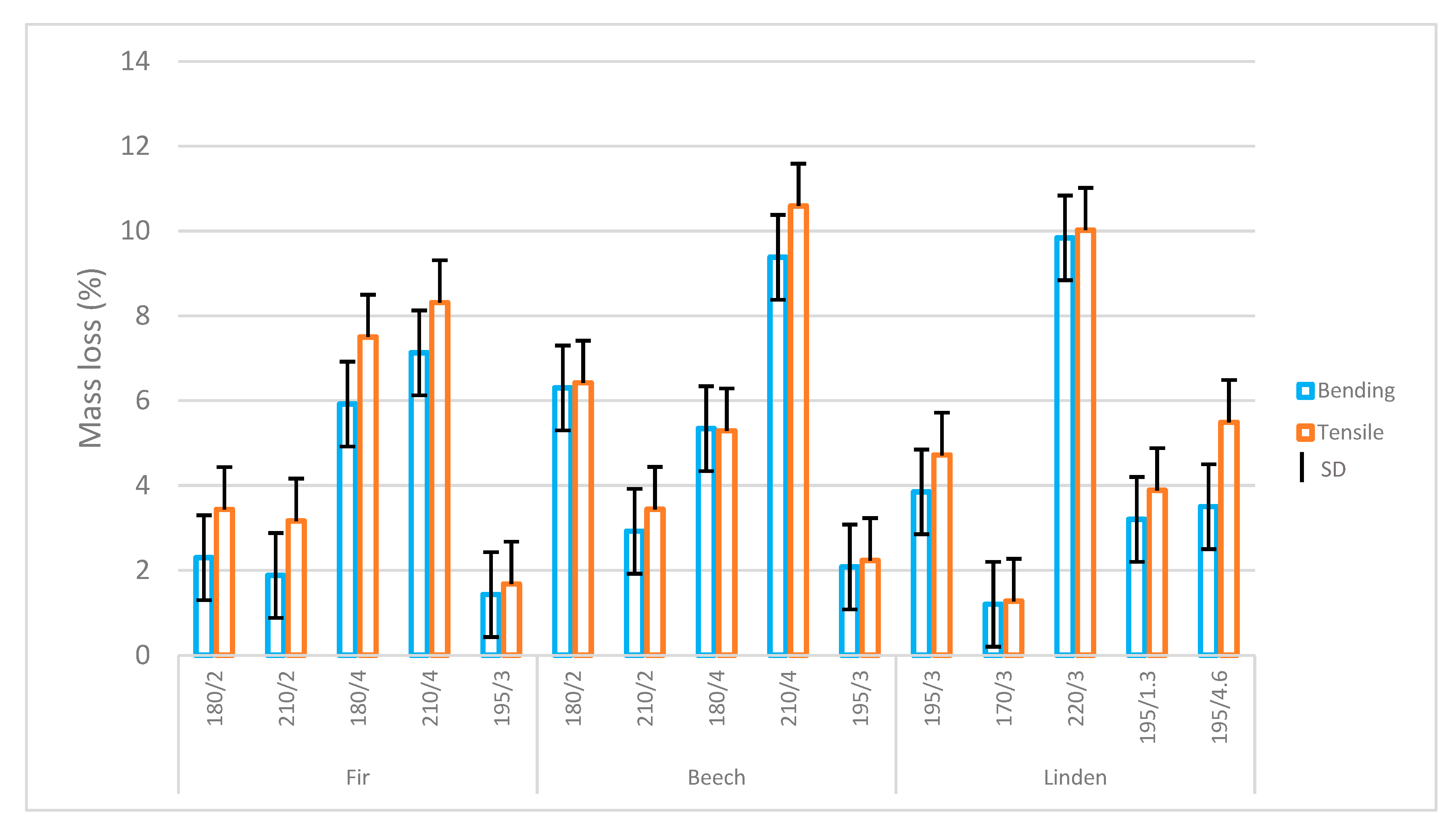
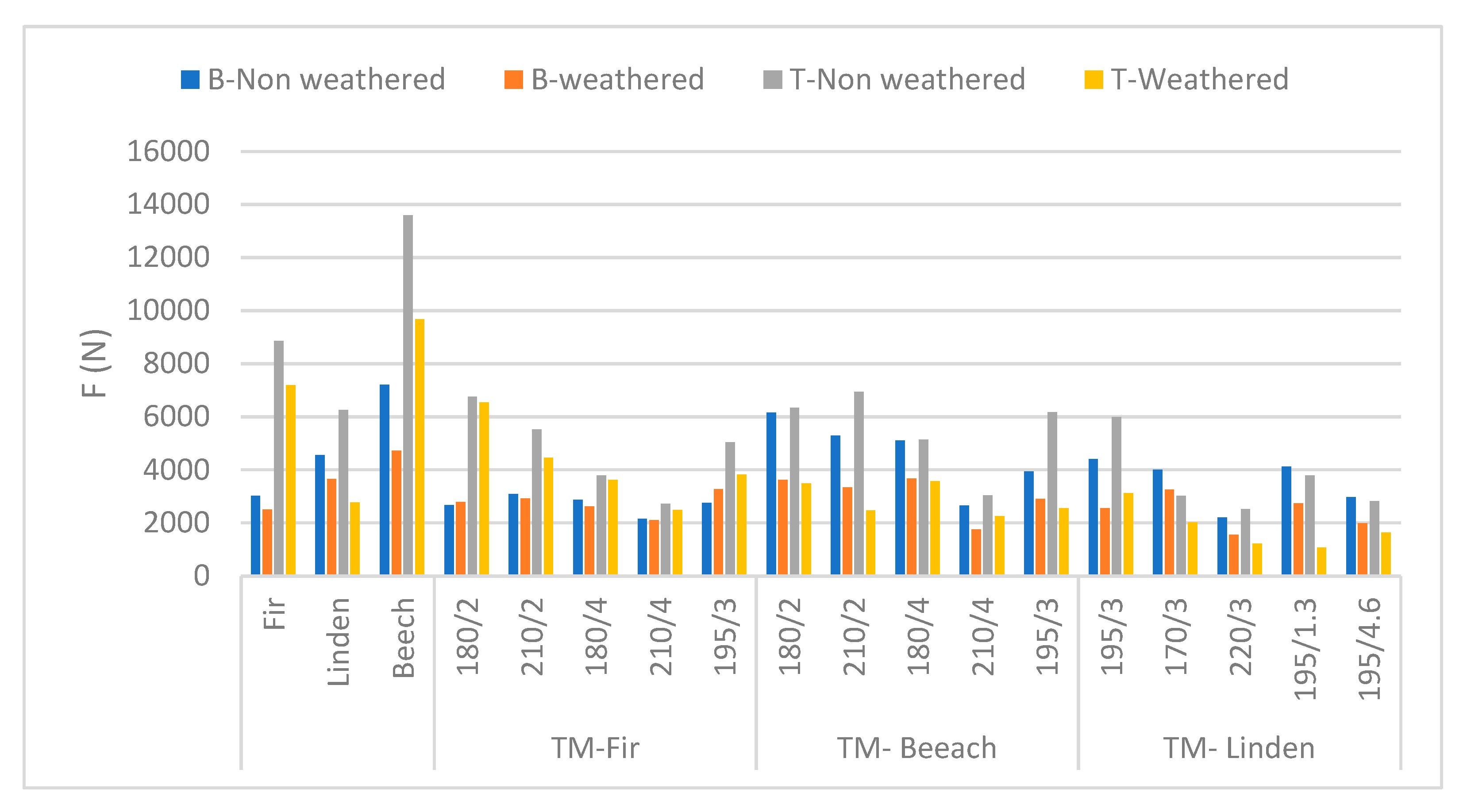


| Wood Species/ TM Parameters | Fir/Beech | Linden | ||||||||
|---|---|---|---|---|---|---|---|---|---|---|
| Temperature [°C] | 180 | 195 | 210 | 170 | 195 | 220 | ||||
| Duration [min] | 120 | 240 | 180 | 120 | 240 | 180 | 78 | 180 | 276 | 180 |
| Unmodified Samples | |||||||
|---|---|---|---|---|---|---|---|
| Materials | Four-Point Bending Strength Testing (N) | Maximum Tensile Force (N) | |||||
| Non-Weathered Samples | Weathered Samples | St. Dev. | Non-Weathered Samples | Weathered Samples | Standard Deviation | ||
| Fir | 3016 | 2510 | 1.23 | 8854 | 7189 | 0.94 | |
| Linden | 4556 | 3655 | 1.50 | 6256 | 2777 | 1.02 | |
| Beech | 7195 | 4731 | 0.98 | 13,585 | 9674 | 0.83 | |
| Thermally modified samples | |||||||
| TM-Fir | 180/120 | 2665 | 2782 | 2.05 | 6758 | 6537 | 1.40 |
| 210/120 | 3081 | 2924 | 3.21 | 5522 | 4450 | 0.95 | |
| 180/240 | 2873 | 2621 | 3.40 | 3791 | 3617 | 1.10 | |
| 210/240 | 2164 | 2111 | 1.02 | 2717 | 2489 | 0.80 | |
| 195/180 | 6150 | 3279 | 2.10 | 6331 | 3484 | 1.56 | |
| TM-Beech | 180/120 | 5299 | 3617 | 2.00 | 6939 | 2473 | 1.34 |
| 210/120 | 5110 | 3338 | 2.06 | 5140 | 3576 | 2.39 | |
| 180/240 | 2653 | 3682 | 4.47 | 3043 | 2264 | 0.87 | |
| 210/240 | 4403 | 1751 | 3.32 | 5977 | 3126 | 2.00 | |
| 195/180 | 4015 | 2899 | 2.11 | 3031 | 2014 | 1.46 | |
| TM-Linden | 195/180 | 2200 | 2555 | 1.15 | 2530 | 1219 | 0.91 |
| 170/180 | 4123 | 3261 | 2.06 | 3795 | 1065 | 2.42 | |
| 220/180 | 2976 | 1563 | 1.27 | 2823 | 1632 | 1.56 | |
| 195/78 | 2761 | 2740 | 3.84 | 5037 | 3827 | 1.08 | |
| 195/276 | 3933 | 1993 | 1.11 | 6173 | 2564 | 0.88 | |
| Wood Species | Modification Parameters | Weathering | |||||||
|---|---|---|---|---|---|---|---|---|---|
| Temp. (°C) | Duration (h) | No | Yes | ||||||
| L* | a* | b* | L* | a* | b* | ΔE | |||
| Fir | / | / | 88.5 | 4.5 | 9.9 | 58.0 | 3.1 | 2.4 | 31.4 |
| 180 | 2 | 72.9 | 8.5 | 11.3 | 55.7 | 3.3 | 2.4 | 20.1 | |
| 4 | 68.0 | 8.3 | 10.7 | 53.9 | 3.3 | 2.2 | 17.2 | ||
| 195 | 3 | 57.5 | 9.9 | 11.4 | 53.9 | 3.8 | 2.8 | 11.1 | |
| 210 | 2 | 42.4 | 11.1 | 9.9 | 51.4 | 3.6 | 2.4 | 14.0 | |
| 4 | 47.7 | 9.9 | 9.5 | 48.3 | 3.8 | 2.6 | 9.2 | ||
| Beech | / | / | 82.0 | 6.6 | 8.0 | 44.1 | 4.3 | 2.8 | 38.3 |
| 180 | 2 | 60.4 | 7.6 | 7.6 | 39.2 | 3.8 | 1.9 | 22.3 | |
| 4 | 55.3 | 8.3 | 7.8 | 38.2 | 3.3 | 1.9 | 18.7 | ||
| 195 | 3 | 49.7 | 9.0 | 8.8 | 33.1 | 4.1 | 1.7 | 18.7 | |
| 210 | 2 | 34.7 | 9.0 | 6.1 | 33.4 | 3.3 | 1.2 | 7.7 | |
| 4 | 29.2 | 7.6 | 4.1 | 34.5 | 4.1 | 2.2 | 6.7 | ||
| Linden | / | / | 85.5 | 5.9 | 9.0 | 32.9 | 3.3 | 0.9 | 53.3 |
| 170 | 3 | 63.2 | 7.4 | 8.3 | 45.1 | 3.8 | 1.9 | 19.5 | |
| 195 | 1.3 | 47.7 | 9.5 | 9.0 | 40.4 | 3.8 | 1.9 | 11.6 | |
| 3 | 52.2 | 9.0 | 9.2 | 44.5 | 3.6 | 1.7 | 12.1 | ||
| 4.6 | 47.1 | 9.5 | 9.2 | 45.5 | 3.8 | 2.4 | 9.0 | ||
| 220 | 3 | 40.4 | 9.0 | 7.1 | 45.3 | 3.8 | 1.7 | 9.0 | |
| Wood Species | Modification Parameters | |||
|---|---|---|---|---|
| Temp. (°C) | Duration (h) | |||
| Fir | / | / | 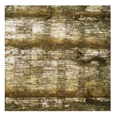 | 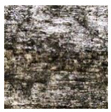 |
| 180 | 2 | 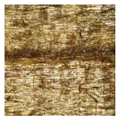 | 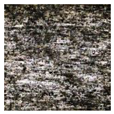 | |
| 210 | 4 |  |  | |
| Beech | / | / | 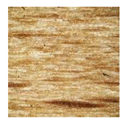 |  |
| 195 | 3 | 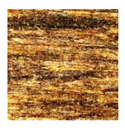 | 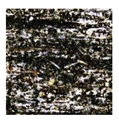 | |
| Linden | 170 | 3 | 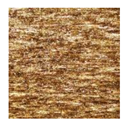 | 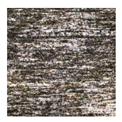 |
| Wood Species | Modification Parameters | Weathering | ||
|---|---|---|---|---|
| Temperature (°C) | Duration (h) | No | Yes | |
| Roughness Sa (µm) | ||||
| Fir | / | / | 15.6 | 25.0 |
| 180 | 2 | 23.5 | 20.5 | |
| 4 | 9.3 | 30.7 | ||
| 195 | 3 | 20.0 | 21.9 | |
| 210 | 2 | 14.8 | 18.3 | |
| 4 | 11.6 | 27.9 | ||
| Beech | / | / | 7.5 | 14.1 |
| 180 | 2 | 9.3 | 18.7 | |
| 4 | 7.9 | 11.2 | ||
| 195 | 3 | 6.0 | 11.4 | |
| 210 | 2 | 8.9 | 21.1 | |
| 4 | 8.2 | 11.4 | ||
| Linden | / | / | 7.1 | 9.9 |
| 170 | 3 | 5.2 | 11.8 | |
| 195 | 1.3 | 5.3 | 8.6 | |
| 3 | 6.6 | 8.8 | ||
| 4.6 | 6.3 | 8.8 | ||
| 220 | 3 | 5.1 | 10.8 | |
Disclaimer/Publisher’s Note: The statements, opinions and data contained in all publications are solely those of the individual author(s) and contributor(s) and not of MDPI and/or the editor(s). MDPI and/or the editor(s) disclaim responsibility for any injury to people or property resulting from any ideas, methods, instructions or products referred to in the content. |
© 2023 by the authors. Licensee MDPI, Basel, Switzerland. This article is an open access article distributed under the terms and conditions of the Creative Commons Attribution (CC BY) license (https://creativecommons.org/licenses/by/4.0/).
Share and Cite
Dong, H.; Hasanagić, R.; Fathi, L.; Bahmani, M.; Kržišnik, D.; Keržič, E.; Humar, M. Selected Mechanical and Physical Properties of Thermally Modified Wood after Field Exposure Tests. Forests 2023, 14, 1006. https://doi.org/10.3390/f14051006
Dong H, Hasanagić R, Fathi L, Bahmani M, Kržišnik D, Keržič E, Humar M. Selected Mechanical and Physical Properties of Thermally Modified Wood after Field Exposure Tests. Forests. 2023; 14(5):1006. https://doi.org/10.3390/f14051006
Chicago/Turabian StyleDong, Huijun, Redžo Hasanagić, Leila Fathi, Mohsen Bahmani, Davor Kržišnik, Eli Keržič, and Miha Humar. 2023. "Selected Mechanical and Physical Properties of Thermally Modified Wood after Field Exposure Tests" Forests 14, no. 5: 1006. https://doi.org/10.3390/f14051006
APA StyleDong, H., Hasanagić, R., Fathi, L., Bahmani, M., Kržišnik, D., Keržič, E., & Humar, M. (2023). Selected Mechanical and Physical Properties of Thermally Modified Wood after Field Exposure Tests. Forests, 14(5), 1006. https://doi.org/10.3390/f14051006









